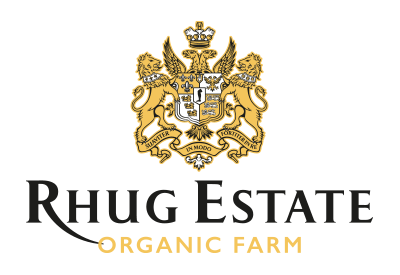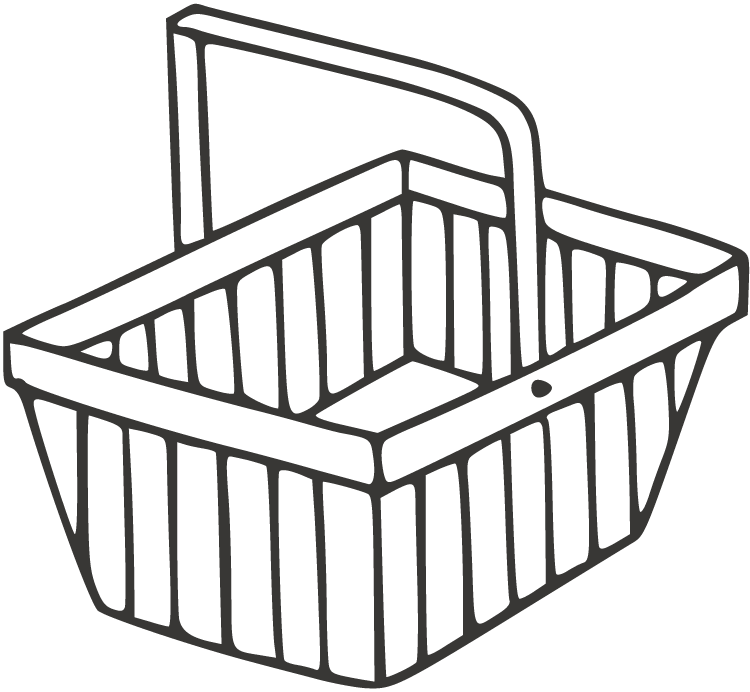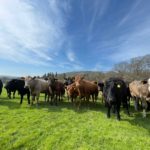Bangor University and Rhug Estate started work on a collaborative project in 2017 to explore the influence and significance of Rhug and Bachymbyd estates during the 16th and 17th centuries. The research is being carried out by Sadie Jarrett, a history graduate from Cambridge and Oxford Brookes universities who originates from Port Talbot. Here is Sadie’s latest instalment into her research:

It’s been an exciting few months for me as I work on finishing my archival research. I spent a month in the summer at The National Archives in London, where I was looking at the Salesburys’ involvement with central government. The National Archives looks after all the records of the UK government, so there was a plethora of useful sources for me. I was particularly interested in what happened to the Salesbury estates when the heir was underage. This meant the heir became a ward of the Crown, which, fortunately for me, created a lot of bureaucracy. I’ve now got a much better understanding of how the family looked after its underage heirs and what it meant for the Salesbury estates, so it was a very worthwhile trip. I also spent a couple of weeks going through detailed records of court cases; the Salesburys spent much of their time either suing people or being sued and I often wonder how they managed to fit in their other responsibilities!
In October, I went to Los Angeles to visit The Huntington Library in San Marino (pictured). Many people find it surprising that I needed to go to America to research a Welsh family, but The Huntington has a fantastic collection for early modern British history. I went to see material from the Ellesmere collection, which was purchased by Henry E. Huntington, the founder of the library, in 1917. Thomas Egerton (1540-1617), first Baron Ellesmere, was an important patron of the Salesbury family and he became the guardian of John Salesbury (1597-1608) after the early death of John’s father. As a result, there are a number of important documents connected to John Salesbury which are now kept at The Huntington. I was particularly pleased to find a full rental for his estates, which gives me a detailed summary of all the Salesbury lands, as well as names of tenants and their rents. It was a very productive trip and I had a wonderful time in Los Angeles, helped by the beautiful weather. As well as the library, The Huntington also has art galleries and botanical gardens which made it a fantastic place to work. It was definitely surreal though to be reading about Denbighshire and Merionethshire while I was thousands of miles away in sunny California!
Over the last few months, I’ve also visited the British Library, the National Library of Wales, Trinity College, Cambridge, and Cardiff Central Library to see manuscripts connected to the Salesburys. Most of the manuscripts were collected by the family, but there are a few that were written by the Salesburys themselves. These manuscripts mostly contain copies of poetry by other people, but the Salesburys also composed their own poetry. Sometimes, the family used spare leaves in the manuscripts to write down information they wanted to remember, so I’ve also found medicinal recipes, interesting letters they received, and even dreams! It’s really special to see these manuscripts because they provide an incredible window into the Salesburys’ inner lives, which I rarely get from other sources. Most of the manuscripts are in Welsh, with some items in English, Greek, or Latin, and the family was particularly interested in religious poetry and medieval Welsh literature. I know from marginal notes that the Salesburys had an impressive library at Rhug and it’s been fantastic to see so many manuscripts which were once kept in the Salesburys’ house. Over the next few months, I’ll be working on the Salesburys’ scholarship and education, so these manuscripts will be useful and important sources for me.
I always enjoy presenting my research to the public and I’ve been thrilled to give a couple of talks since my last blog. In September, the Edeyrnion Historical Society gave me a warm welcome and I spoke about Colonel William Salesbury (1580-1660). I also gave a lecture at Gŵyl y Fflam, a medieval festival in Corwen with an emphasis on Owain Glyndŵr, where I talked about the Salesburys’ connection with Glyndŵr. If anyone is interested in hearing more about my project, I’m delighted to be speaking as part of the Denbigh heritage lecture series, organised by Denbigh Town Council. Preliminarily scheduled for 5 March 2020, my talk on ‘The Essential Guide to Becoming a Gentry Family in Early Modern Denbighshire’ will discuss how the Salesburys became a Welsh gentry family from their origins as English settlers.
As ever, I’m on Twitter as @pastdeeds where I post occasional updates on the project.






 Organic Beef
Organic Beef